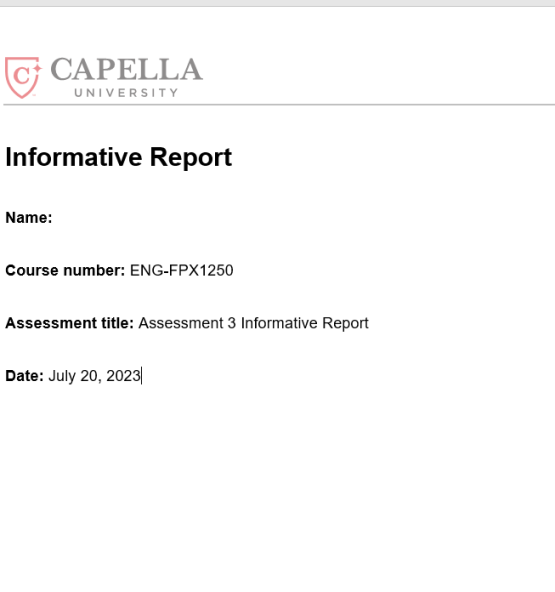
Name:
Course number: ENG-FPX1250
Assessment title: Assessment 3 Informative Report
Date: July 20, 2023
Availability:In Stock
With the increase in technological advancements, the healthcare sector is also changing in response. Chronic conditions such as diabetes, kidney failure, and heart conditions, reinforce the need for efficient and effective diagnosis and treatment. Telehealth is among the viable options that allow healthcare professionals and patients to exchange medical information across locations using audio and video platforms. The real-time interactions through e-mails, video conference, and other methods enhance communication and collective commitment to optimizing care outcomes. Some gains from the technology include reduced cost of care, interdisciplinary collaboration, and better patient education and self-management. However, risks such as privacy and security breaches, declining in-person care, and regulatory requirements undermine efforts to implement telehealth.
Telehealth has several benefits and risks that influence the quality of patient care across continuum. One risk is data privacy and security breaches that expose protected health information to unauthorized access and information theft. Health information systems and communication tools used in telehealth are vulnerable to hacking, despite the integration of encryptions (Gajarawala & Pelkowski, 2019). The risk of patients and organizations losing sensitive information could trigger questions on long-term viability of the technology. Non-compliance with Health Insurance Portability and Accountability Act and other policies on data protection may reduce patients’ trust and confidence in an organization’s ability to prevent breaches. A second risk is inadequate physical examinations that limit healthcare professionals and patients from accessing a comprehensive view of a disease (Gajarawala & Pelkowski, 2019). The limitations have adverse impacts on continuity of care compared to conventional
Reviews
There are no reviews yet.